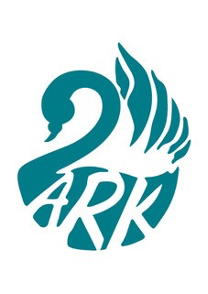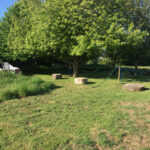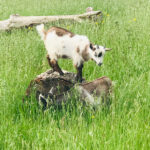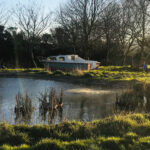Biodiversity at ARK
What is Biodiversity?
As custodians of the earth’s resources of land, soil, air and water, here we want to do all we can to care for them, working with the biodiversity already here and in ways that enhance it even more.
We have been gradually getting to know more about the plants, animals, insects and birds here.
We’re making a plan for the coming years in how we can enhance the natural habitats and manage them for wildlife. This will become woven into everything we offer to our visitors.
Our Biodiversity Plan at ARK
Hedgerows
The hedges are full of birdsong and provide safety and nourishment for plenty of wildlife. Hedges provide roosts, nesting sites and food sources for a great number of species. They are wildlife ‘corridors’ for birds, bats, small mammals and insects, so linking them to one another and to woodland is essential for wildlife to move around. We have planted 400 hedgerow trees to improve our site and we want to further add more trees to our hedgerows over the next few years.
Trees and Woodlands
The scattered trees and hedgerows, and the woodland, are full of leaf now and they too offer roosts, nesting sites and food sources for many creatures. Woodpeckers need big, old trees to make their nests in hollows in the trunk or branches. Trees are a vital part of capturing carbon from the atmosphere for healthy air and to help slow global warming.
Meadows
Warmth and rain means the meadow areas are growing fast and are beautiful with wildflowers, particularly Meadow Buttercups and early flowering grasses. They will become a haven for butterflies, bees and many other types of insects. The combination of flowers, seeds and insects are fantastic food sources for many birds, bats and small mammals.
Vegetable Garden
The vegetable garden is well underway and many crops will soon be relying on pollinating insects from the surrounding meadows, hedgerows, trees and gardens. No pollinators = no runner beans! In turn, the Blue Tits and Blackbirds will help with garden pests such as greenfly and slugs. We want to make sure the vegetable garden benefits from the biodiversity which surrounds it and that both garden and wildlife work together hand in hand.








